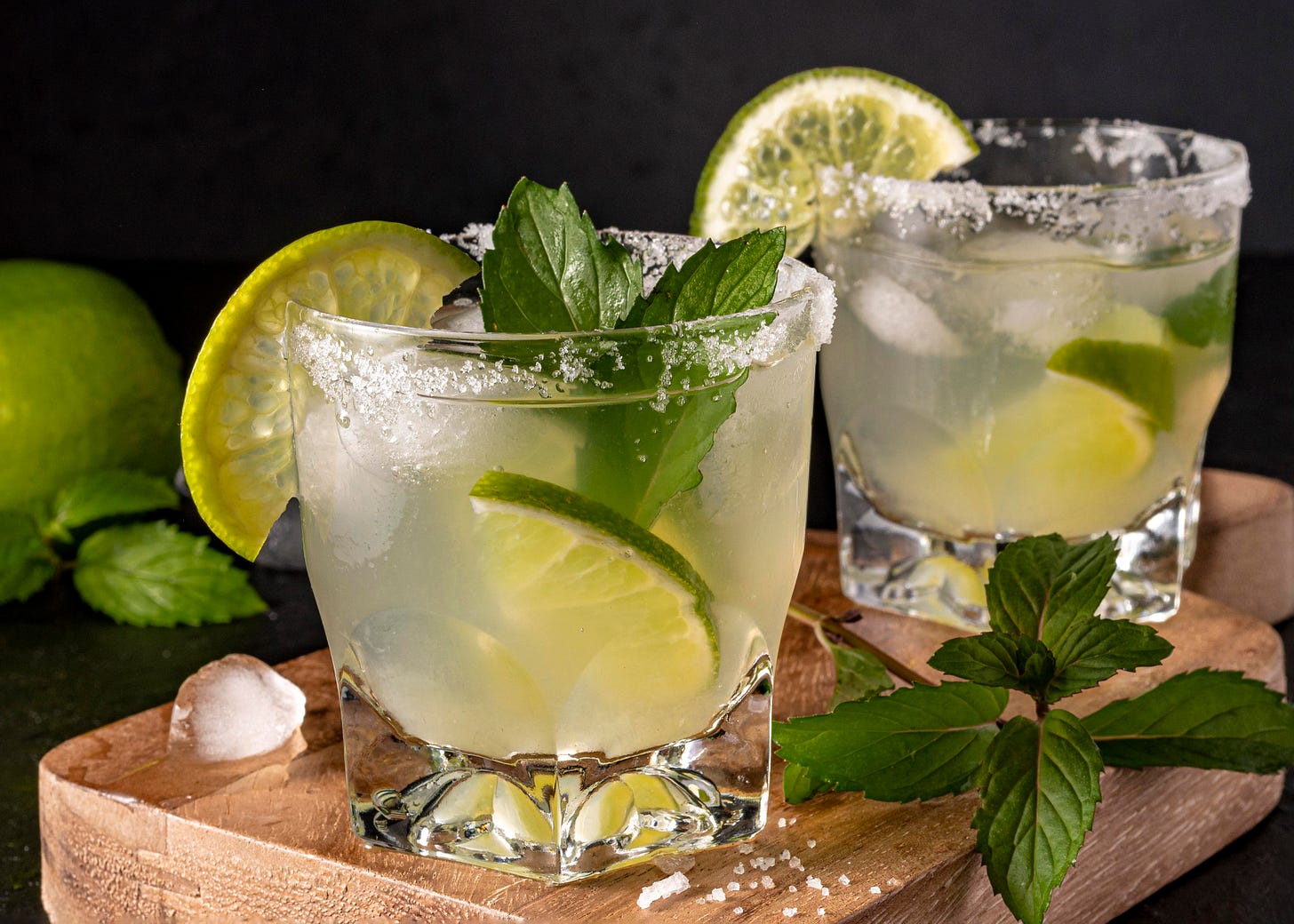Cachaça is Brazil in a bottle. For centuries, this spirit has been the backbone of rural life, the lubricant of festivals, and the foundation of the world-famous Caipirinha. Behind its easygoing image lies a carefully regulated product, shaped by centuries of improvisation and, more recently, by law and scientific precision. Unlike rum, which it often gets compared to, Cachaça is distilled not from molasses but from fresh-pressed sugarcane juice. Its identity is protected by Brazilian law with the same seriousness that France applies to Cognac or Mexico to Tequila.
Legalities
Cachaça started out living in the shadows of Brazil’s economic policies. In colonial days it was banned, then taxed, then embraced as a source of revenue. Fast forward to the 21st century, and the Brazilian government has codified its definition with exacting detail. By law, Cachaça must be produced in Brazil, distilled from fresh sugarcane juice, and bottled at between 38% and 48% alcohol by volume. Anything else is not Cachaça. It may sound bureaucratic, but this legal clarity was essential in protecting the drink internationally.
In trade agreements with the United States and the European Union, “Cachaça” is now recognized as a distinctive product of Brazil, no small feat in a world where “rum” could easily overshadow it whole. The regulations extend further than just sugarcane and proof. Distillers must follow precise fermentation and distillation methods, and labeling laws prevent deceptive practices. Industrial producers, who churn out millions of liters, are subject to the same identity rules as the micro-producers in Minas Gerais who still fire their copper pot stills by hand. The playing field is wide, but the definition is clear.
Fermentation
The process begins not in the still but in the field. Cane must be cut, pressed, and fermented quickly before wild bacteria spoil the juice. Fermentation is fast, often less than 24 hours, spontaneous, and guided by native yeasts. In modern distilleries, selected yeasts are increasingly used to control consistency, but artisanal makers still trust their wood vats and the invisible life of the terroir. The result is a mash low in alcohol but rich in volatile compounds that will survive distillation and give Cachaça its green, vegetal, sometimes funky edge.
Distillation
Distillation in Brazil divides the spirit into two main categories: industrial Cachaça, usually produced in continuous column stills, and artisanal Cachaça, distilled in copper pot stills. Industrial column stills deliver volume and predictability, yielding spirits that are lighter, cleaner, and cheaper. Pot stills allow for more congeners, the flavorful but difficult compounds. For aficionados, that “imperfection” is what makes artisanal Cachaça compelling. Copper plays a crucial role here, not only conducting heat evenly but also reacting with sulfur compounds, smoothing out harsh edges.
Distillers discard the first and last fractions, called the head and tail. keeping only the heart, a delicate balance that determines whether the spirit sings or stumbles. Precision is optional, as Brazilian law even regulates the allowable levels of contaminants like methanol and copper. This ensures that small-batch producers working with rustic equipment must still meet standards that protect the reputation of the category.
The Role of Wood
Unlike most white rums, a significant portion of Cachaça production goes into wood. But Brazil does not limit itself to oak. Over 20 native woods, Amburana, Bálsamo, Jequitibá, Ipê, are legally permitted. Each imparts its own fingerprint, such as Amburana with its spicy cinnamon-vanilla notes, Bálsamo with earthy bitterness, and Jequitibá adding subtle floral tones. These woods are part of Cachaça’s uniqueness, a sensory link between the spirit and the Brazilian forests. Oak-aged versions exist for export markets, but within Brazil, drinkers often prefer the flavors of their own native trees.
Law and Life
Cachaça is not only a triumph of regulation and control. Its cultural reality is messier, more improvisational. In roadside bars you can still find rough, fiery versions served in chipped glasses, while in São Paulo’s sleek cocktail lounges, bartenders measure out barrel-aged expressions with reverence. Yet the fact that both experiences fall under the same legal definition is a testament to the flexibility and precision of Brazil’s regulatory framework. The law protects Cachaça not from variety but from ambiguity.
Image Credit: https://freepik.com
_ _ _
© CHURRASCO PHUKET STEAKHOUSE / ALL RIGHTS RESERVED
Reprinting, reposting & sharing allowed, in exchange for a backlink and credits
Churrasco Phuket Steakhouse serves affordable Wagyu and Black Angus steaks and burgers. We are open daily from 12noon to 11pm at Jungceylon Shopping Center in Patong / Phuket.
We are family-friendly and offer free parking and Wi-Fi for guests. See our menus, reserve your table, find our location, and check all guest reviews here:
https://ChurrascoPhuket.com/
#Churrascophuket #jungceylon #phuketsteakhouse #affordablewagyu #wagyu

